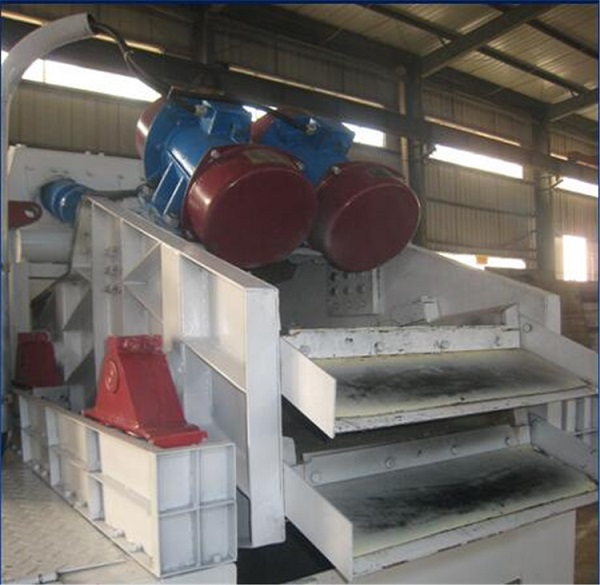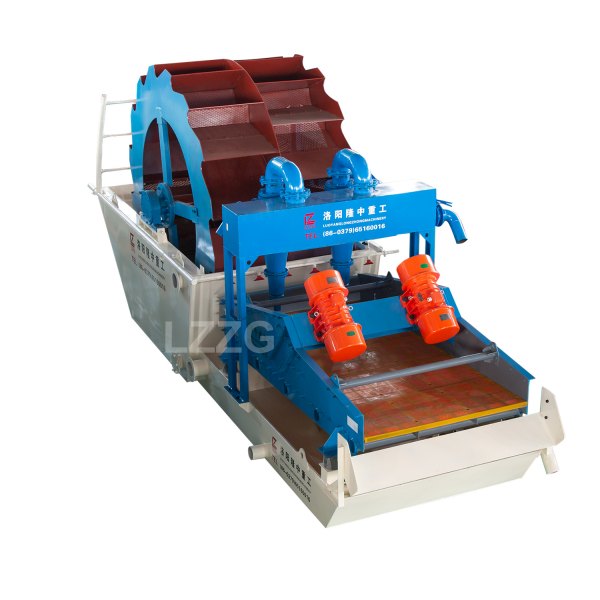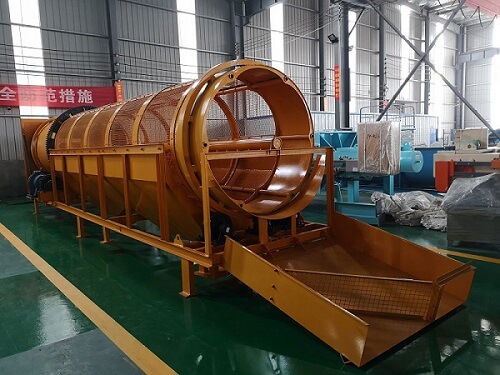Drilling mud recycling system process plan
 April.11,2020
April.11,2020
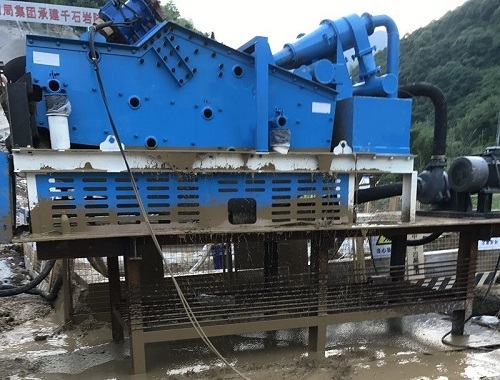
The use and composition of mud
Mud composition and function In the process of forming the underground continuous wall, in order to maintain the stability of the excavated trench soil wall, it is necessary to continuously supply high-quality stable liquid-mud to the groove. The selection and management of mud will directly affect the quality of the continuous wall project.
Commonly used mud is composed of bentonite (or clay), water and some chemical stabilizers (such as caustic soda CMC, sodium carbonate) and so on. The mud serves as liquid support during the process of tank formation. Protect the stability of the excavation groove surface; make the excavated sludge suspended without sedimentation, prevent groundwater inflow or slurry leakage; cool cutting tools; lubricate the cutter cutting soil, etc. The most important one is the solid wall function It is the key to ensure that the trencher is slotted.
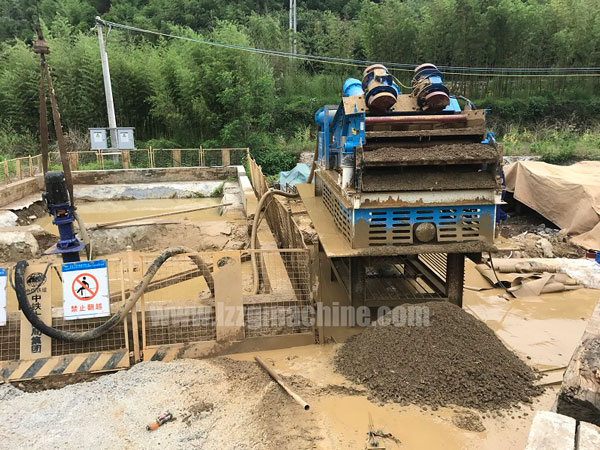
Mud recycling process
There are two types of mud circulation: positive circulation and reverse circulation. When the sand pump is used to reverse the slag discharge, it is divided into two types: pump lift type and pump suction type, depending on whether the sand pump is submerged in the mud. Grab bucket groove forming machine and impact drilling groove forming mostly use positive circulation method; multi-head drilling and grooving machine use multi-reverse circulation method.
Sewage pumps are often used for forward circulation into grooves, and the sludge during the reverse circulation drilling process is sent to the ground with sand pumps, suction pumps or air suction machines. The pump lift type is easy to operate and has high sludge discharge efficiency. The suction pump is suitable for use within 40m depth.
Mud preparation and management
(1) The bentonite mud should be evenly mixed with a stirrer. After mixing, it should be generally still in the slurry storage tank for more than 24 hours, and the minimum is not less than 3 hours, so that the bentonite particles can fully hydrate and expand to ensure the quality of the mud.
(2) Bentonite mud is used, and the specific gravity of new mud is generally controlled at 1.04-1.05; the mud in the circulation process is below 1.25-1.30. In the case of public ground, the specific gravity of mud can be increased appropriately; before pouring concrete, the mud in the tank should be controlled at Below 1.15-1.20.
(3) Add new mud into the tank to fill the repair tank section. The mud surface should be kept above 0.5m above the groundwater level, and should not be lower than 0.3m above the top surface of the guide wall.
(4) When drilling in the same slot section, when encountering different geological conditions and soil layers, pay attention to adjusting the performance and mix ratio of the mud to ensure smooth construction. After mixing the new slurry, let it stand for 24h, and test the whole project (including Except for the amount of sand), during the process of groove formation, the specific gravity and viscosity of the mud are measured every 3-5m per shot or every time; before and after cleaning the groove, the specific gravity and viscosity are measured once; the specific gravity is measured before the concrete is poured. The sampling location is at the bottom, middle and upper mouth of the tank section; the water loss, mud thickness and PH value are measured once at the middle and bottom of each tank section. If it does not meet the requirements of the specified indicators, it can be adjusted at any time.



